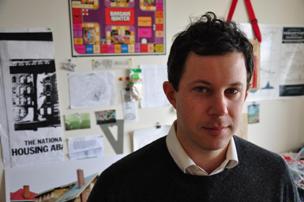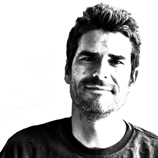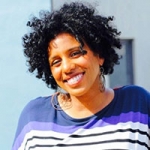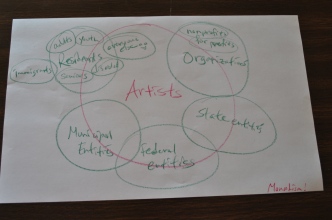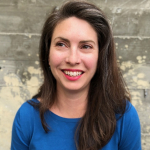
Damon Rich
Every Museum Needs a Community Organizer
Posted by Nov 07, 2011

Damon Rich
With Red Lines Housing Crisis Learning Center (2009), I tried to transform several galleries of the Queens Museum of Art into a place to explore how our society pays for housing, how the system has broken down, and the arguments over fixing it.
Developed between 2006 and 2008 at the MIT Center for Advanced Visual Studies, the work included video conversations with mortgage investors, homebuying counselors, bankers, financial justice advocates, and government regulators; a model of the city’s foreclosure geography using the Museum's famous Panorama of the City of Newark; the inhabitable head of a real estate appraiser; a sinister forty-foot interest rate graph; bus-stop-style posters on the history of mortgage institutions; and puppet shows about mortgage scams and how to avoid them.
Even with this physical setting, the life of the exhibition as a learning center -- not just a conceptual model for one-depended upon connections beyond the gallery, allowing the museum to play a distinct role as part of a larger democratic discussion, providing an aesthetic and abstracted supplement to the concrete but disassociated facts of the news and the disciplined and goal-oriented work of community advocacy.
While artists like Fred Wilson, Andrea Fraser, Martha Rosler, Adrian Piper, and Hans Haacke have focused art audiences on the limitations of the institutions that show their work (including class and race biases and their role in the self-legitimation of the powerful), few institutions have built upon these critical insights to develop the organizational capacities to overcome them. Which organizational capacities?
Read More
